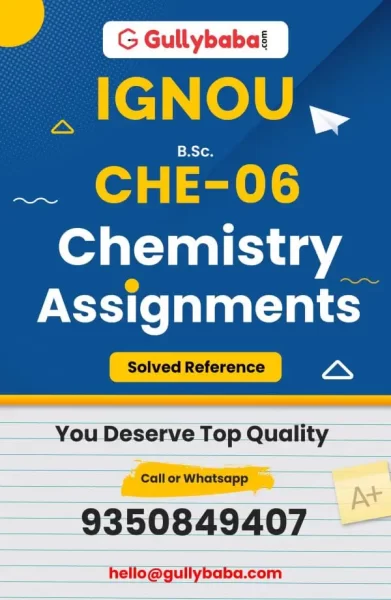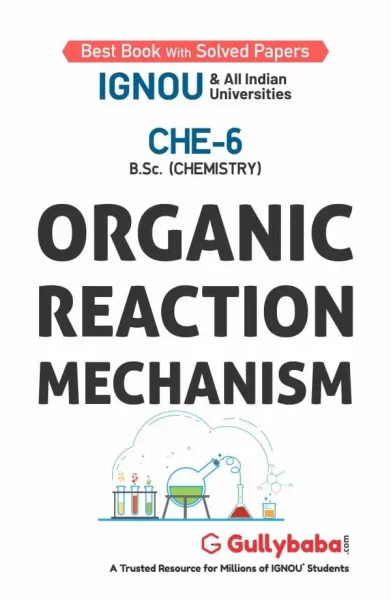-
Sale!
CHE-06
Organic Reaction Mechanism
Original price was: ₹200.00.₹100.00Current price is: ₹100.00.Bought by : 3706 StudentsIn Stock Only 0 left ! -
Sale!
CHE-06 + CHE-09 + CHE-10
IGNOU B.Sc. Chemistry Combo
Bought by : 3213 StudentsIn Stock Only 0 left ! -
Sale!
CHE-06 + CHE-09
IGNOU B.Sc. Chemistry Combo
Bought by : 2927 StudentsIn Stock Only 0 left ! -
Sale!
CHE-06
Organic Reaction Mechanism
Bought by : 3938 StudentsIn Stock Only 0 left !






